Art Discussion: Analyzing Renaissance and Gothic Art in Europe
VerifiedAdded on 2021/04/24
|5
|646
|65
Discussion Board Post
AI Summary
This discussion post delves into the characteristics of Renaissance and Gothic art styles, examining key artworks and their historical context. It begins by analyzing the 'Ghent Altarpiece (open)' by Hubert and Jan van Eyck, highlighting its Gothic style and triptych structure. The post then discusses the paintings found in Renaissance churches, particularly Giotto's work in the Arena Chapel, which depicts the life of Jesus and the Virgin Mary. The post further examines the Franciscan churches, such as Santa Croce, and their architectural blend of Gothic and Early Christian elements. The post draws from the provided bibliography to offer a comprehensive overview of the artistic innovations of the period, focusing on the transition from the thirteenth to the fifteenth centuries in Italy and Northern Europe. The discussion provides a detailed exploration of the key features and influences in art during these periods.
1 out of 5
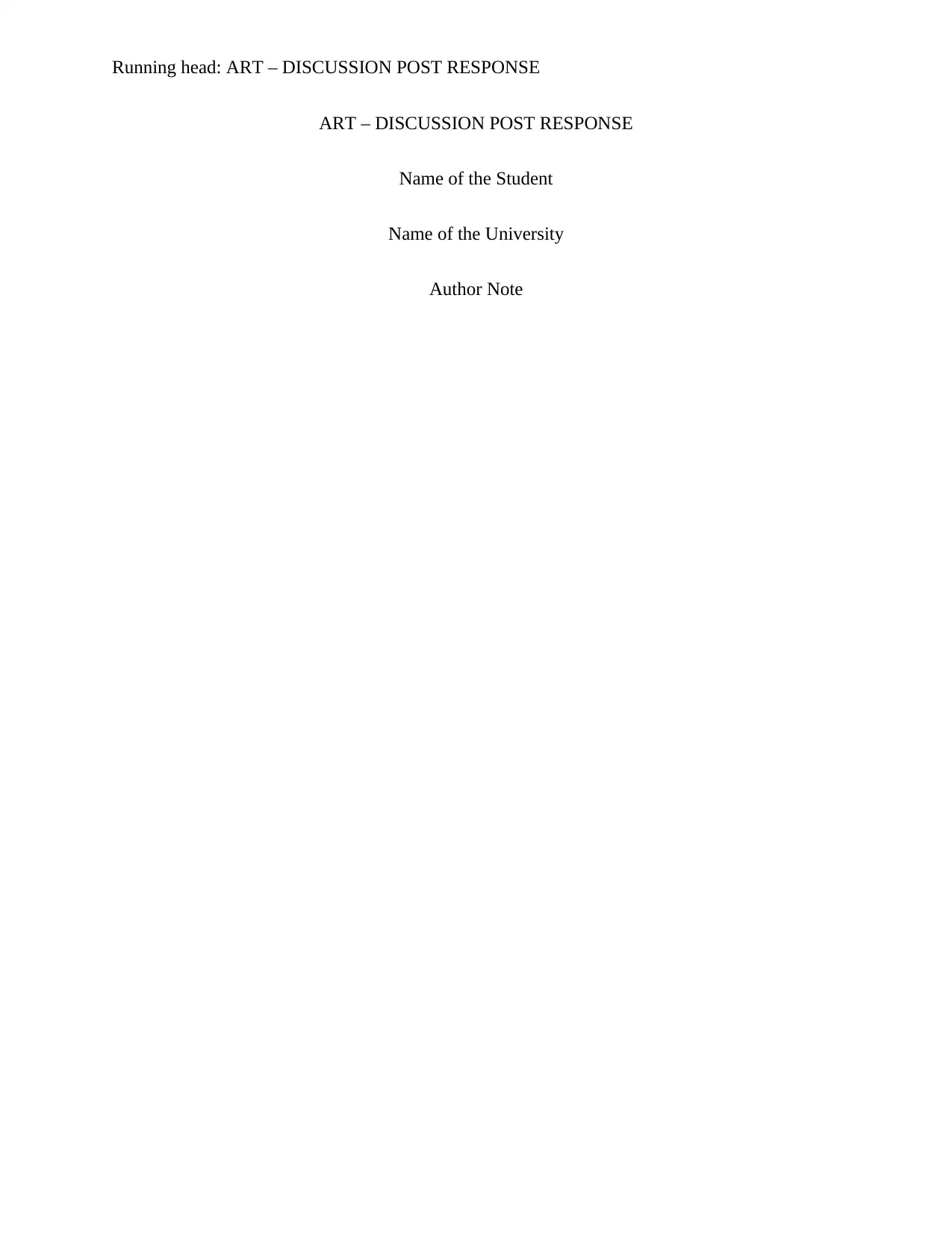
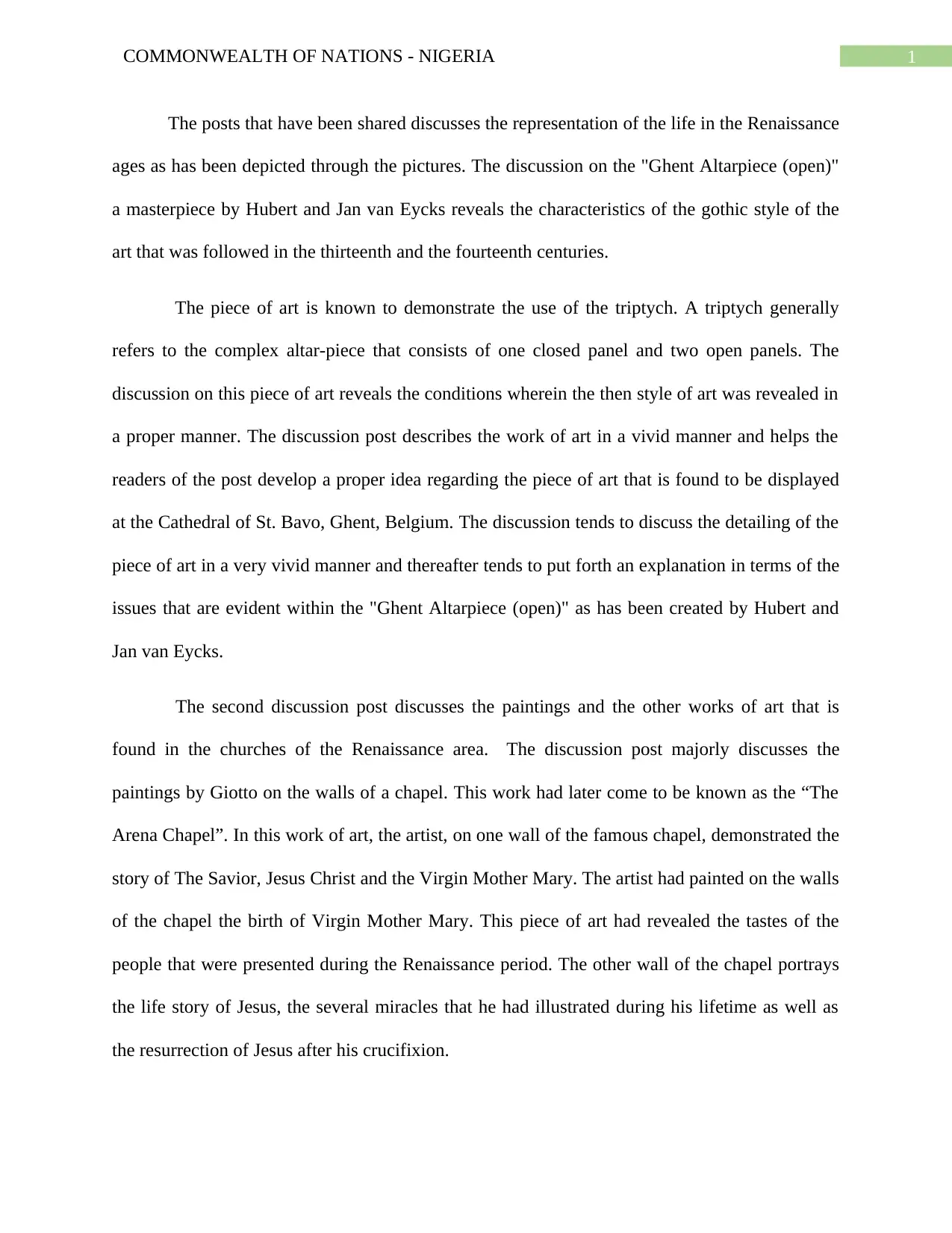
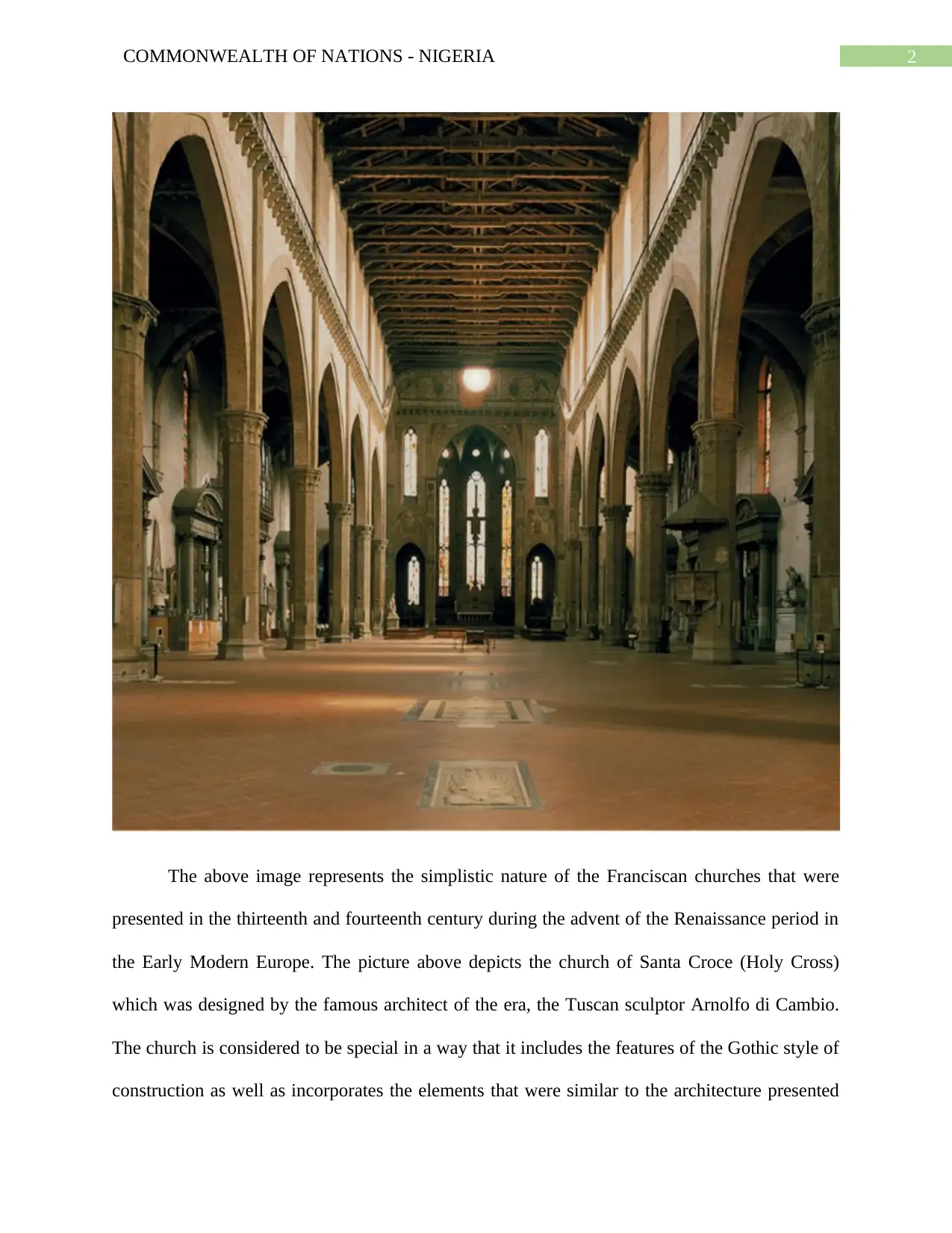
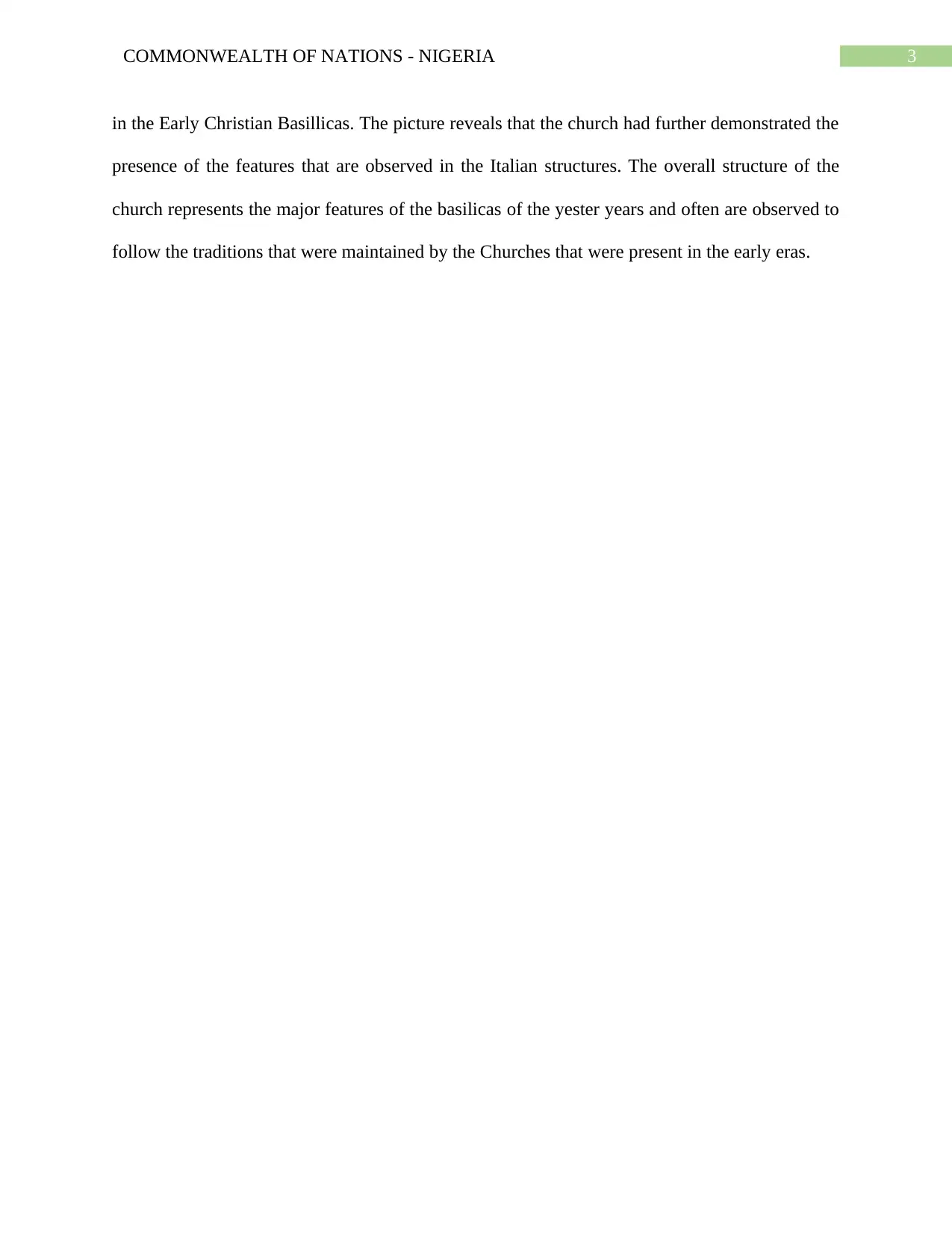
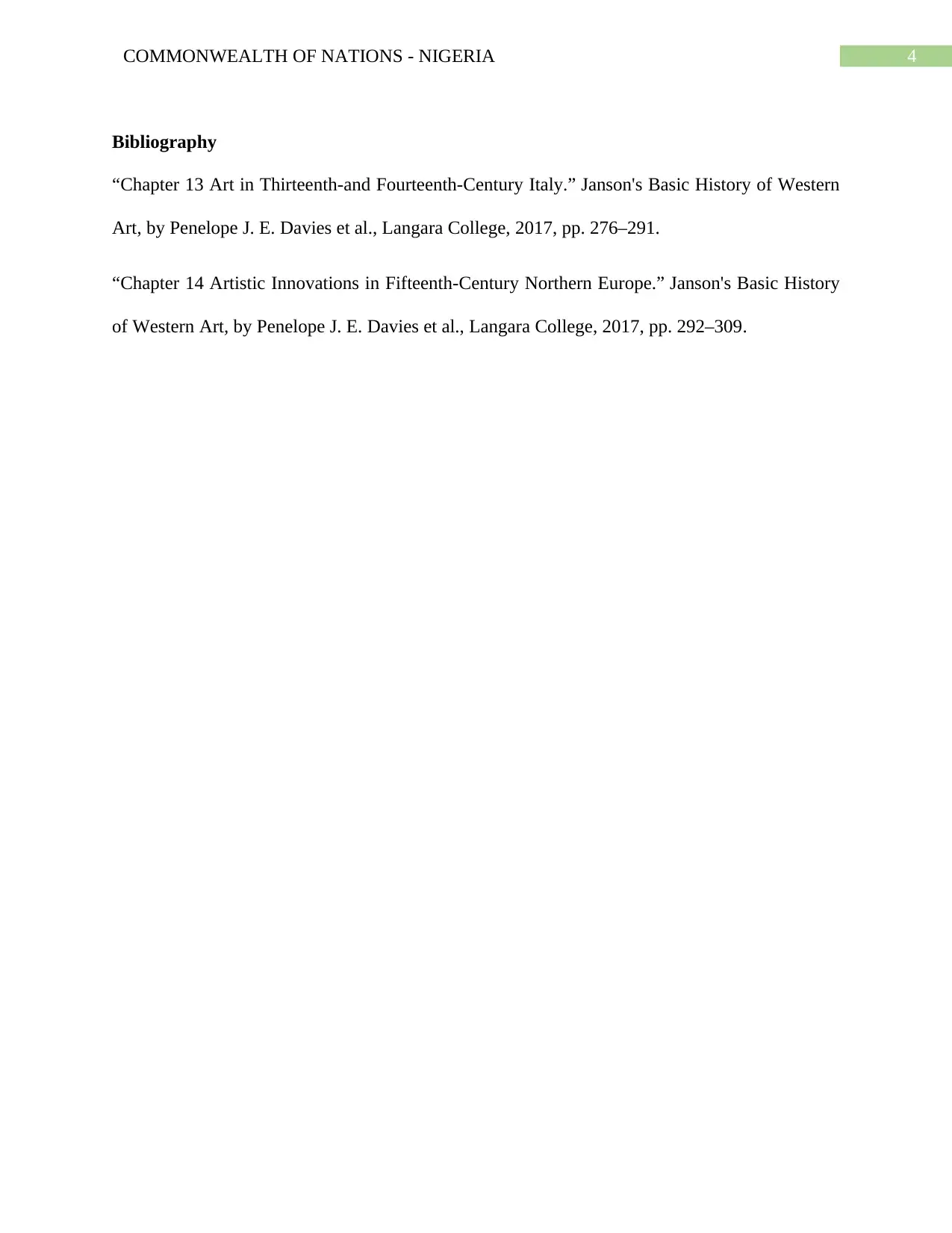
![[object Object]](/_next/static/media/star-bottom.7253800d.svg)